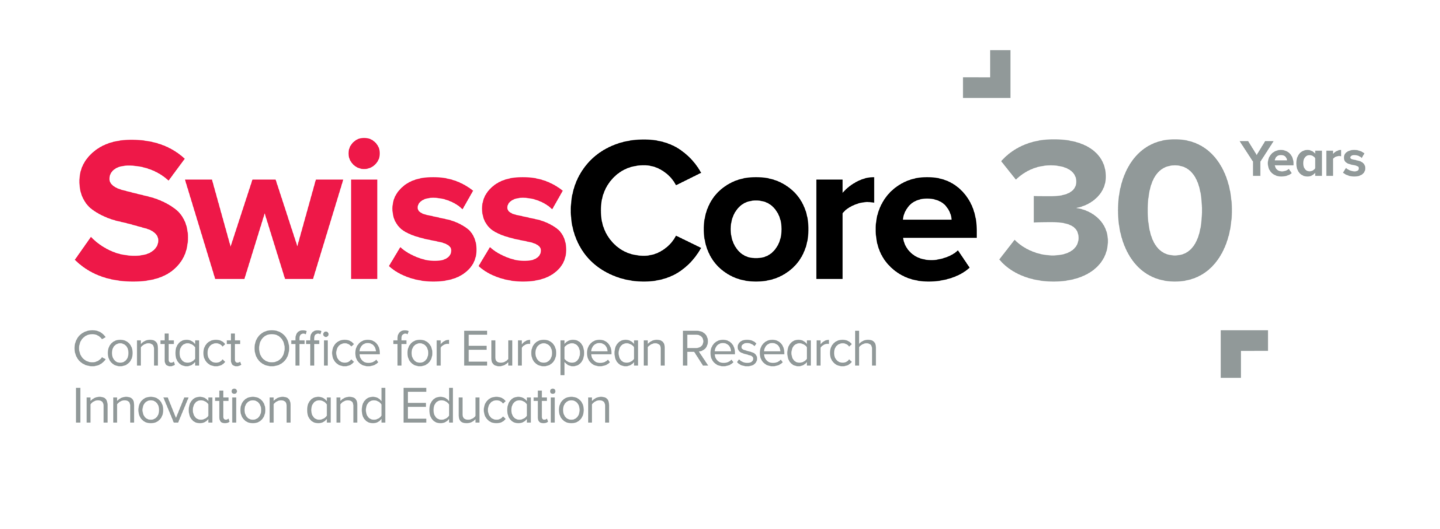Participation in the European Cooperation in Science and Technology (COST) supports spreading excellence to increase brain circulation.
There is a persistent gap in research and innovation performance between EU Member States, causing, among other effects, brain drain. To address disparities in the EU, there is the attempt to strengthen countries with weaker R&I performance, the so-called Widening countries with specific measures, such as broadening networks to provide opportunities for R&I cooperation across the EU. Hence, the Spreading Excellence and Widening Participation (SEWP) measures were introduced in Horizon 2020 and continued under Horizon Europe. Offering networking opportunities is precisely the goal of the European Cooperation in Science and Technology (COST), which aims to create “open spaces where people and ideas can grow”, and where the full potential of science is revealed. COST is considered as one of the Widening instruments.
In the context of the upcoming joint `Talent retention: How can Europe tackle the challenges of brain drain and capacity building in EU13 countries’ Conference organised by Science Business and Science Europe on 10 November 2022, we had the opportunity to discuss the role of COST in Widening and the contribution of Switzerland to spreading excellence with Alain Beretz, the President of the COST Association.
Alain Beretz explained that COST was created 51 years ago and is currently the oldest European support scheme for basic science. He elucidated that COST Actions follow three main characteristics: i. they are bottom-up, implying that candidates propose the type of network they wish to establish, ii. the Actions are open, which means that once a network is created and an action funded, everybody can apply to join, which is a low entry barrier, and iii. the conditions in the calls for COST Actions favour Widening countries. Statistics indicate that 56% of the proposers of COST Actions are from Widening countries, and 96% of the Actions or the networks have at least one researcher from a Widening country in a leadership position. Beretz also specified that data shows that 88% of researchers of Widening and non-Widening countries who participated in COST Actions indicated that it boosted their careers. Besides, scientists that participated in a COST Action had a success rate of 35% when they applied to the European research framework programme or any other European funding, which is much higher than the regular success rate of 12% under Horizon 2020. Moreover, in the latest Proof of Concept call of the European Research Council in 2022, about one out of three grantees were currently or previously involved in a COST Action. Finally, he highlighted that if all those performers from Widening and non-Widening countries are connected, individuals can benefit of it, but also Europe will have a better overall performance in the end, which is aligned with the objective of the new European Research Area, where the Member States have the ambition to create a single, borderless market for research, innovation and technology across the EU.
Beretz explained that people often mix up brain circulation and brain drain. He believes that brain circulation reduces brain drain if the right framework conditions exist, as science has no borders. He believes that all actors need to be engaged in Widening efforts: the European Commission with the funding of Widening measures, the Member States that should invest at least 3% of their GDP and support brain circulation, and scientists that should contribute to it. Nevertheless, the latter is not always the case, and it is just there where COST is contributing. He thinks that Widening without excellence is worthless. In this context, he clarified that COST Actions are always chosen based on academic excellence.
Switzerland is one of the founding countries and a full member of the COST Association. The COST National Coordinator for Switzerland is located at the Swiss National Science Foundation, which supports COST by opening calls for national COST projects associated with ongoing COST Actions. A Swiss representative is part of the general assembly of the COST Association, where all the members are represented, and one Swiss representative is in the Executive Board. Therefore, according to Beretz, administratively, Switzerland is very present and provides valuable inputs, but also scientifically, Swiss participation is very high, as approximately 90% of all actions include Swiss participants. Finally, he insisted that cooperation with scientists from Switzerland is beneficial to spread and increase excellence in Europe; consequently, he encouraged the EU to work as closely as possible with Switzerland.
The COST Action – PROCLIAS (Process-based models for climate impact attribution across sectors) is an example of a collaboration including ETH Zurich, Dr. Olalla Díaz-Yáñez / Prof. Dr. Harald Bugmann (PI and Co-PI of the project), and project partners of the Czech University of Life Sciences, Dr. Laura Dobor, and the Institute of Botany of the Czech Academy of Sciences, Dr. Josef Brůna. The project aim is to look at the uncertainty that is inherent in projections of natural disturbances in forests in a changing climate. Díaz-Yáñez and Bugmann are convinced that “this partnership is of mutual benefit in terms of the exchange of knowledge, expertise, data, and skills regarding state-of-the-art modelling tools and global change impacts at the landscape scale”. They highlight that the two Czech partners “benefit from our project and expertise because they do not have experience with uncertainty analysis, and are not experts in model analysis and model development, which are strong points of our group”, while the ETH can benefit of this collaboration as “each of the Czech partners has considerable expertise in the use of forest models that our group has not used to date, and they have applied these models in study areas that are also very interesting for our project goals”.
Beyond COST, Switzerland is also engaged in other widening measures to increase brain circulation and address brain drain. Moreover, the Swiss government is discussing with EU-13 countries in the context of the second Swiss contribution to selected EU member states a series of initiatives in the area of research, innovation, and education, among them the Promotion of Young Scientists in Eastern Europe (PROMYS) (see SwissCore article), a multilateral call for Joint Research Projects (MCJRP), a scientific exchange programme, a programme supporting SMEs to succeed in obtaining funding in Eurostars (see SwissCore article), and Vocational and Education Training (VET).

